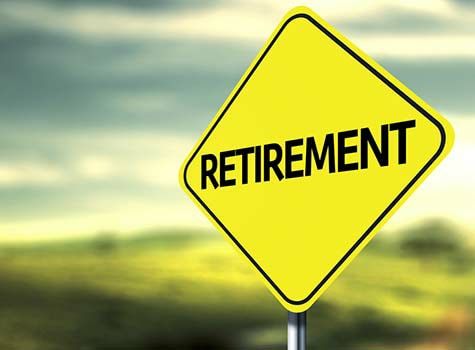“There’s a #retirement savings crisis in the U.S. How would you address it?”
U.S. average working household has virtually no retirement savings and no planning as well. More than 38 million working-age households (45 percent) do not own any retirement account assets, whether in an employer-sponsored 401(k) type plan or an IRA. Households that do own retirement accounts have significantly higher income and wealth—more than double the income and five times the non-retirement assets—than households that do not own a retirement account.
When all households are included— not just households with retirement accounts—the median retirement account balance is $3,000 for all working-age households and $12,000 for near-retirement households. Two-thirds of working households age 55-64 with at least one earner have retirement savings less than one times their annual income, which is far below what they will need to maintain their standard of living in retirement.
- Public policy can play a critical role in putting all Americans on a path toward a secure retirement by strengthening Social Security, expanding access to low-cost, high quality retirement plans, and helping low-income workers and families save. Social Security, the primary edifice of retirement income security, could be strengthened to stabilize system financing and enhance benefits for vulnerable populations. Access to workplace retirement plans could be expanded by making it easier for private employers to sponsor DB pensions, while national and state level proposals aim to ensure universal retirement plan coverage. Finally, expanding the Saver’s Credit and making it refundable could help boost the retirement savings of lower-income families. (Extract of NIRS findings)
As per National Institute on Retirement Security (NIRS) research retirement savings are dangerously low, and the U.S. retirement savings deficit is between $6.8 and $14.0 trillion.
Continue reading “There’s a #retirement savings crisis in the U.S.”
 Online Enquiry
Online Enquiry
 Useful Links
Useful Links


